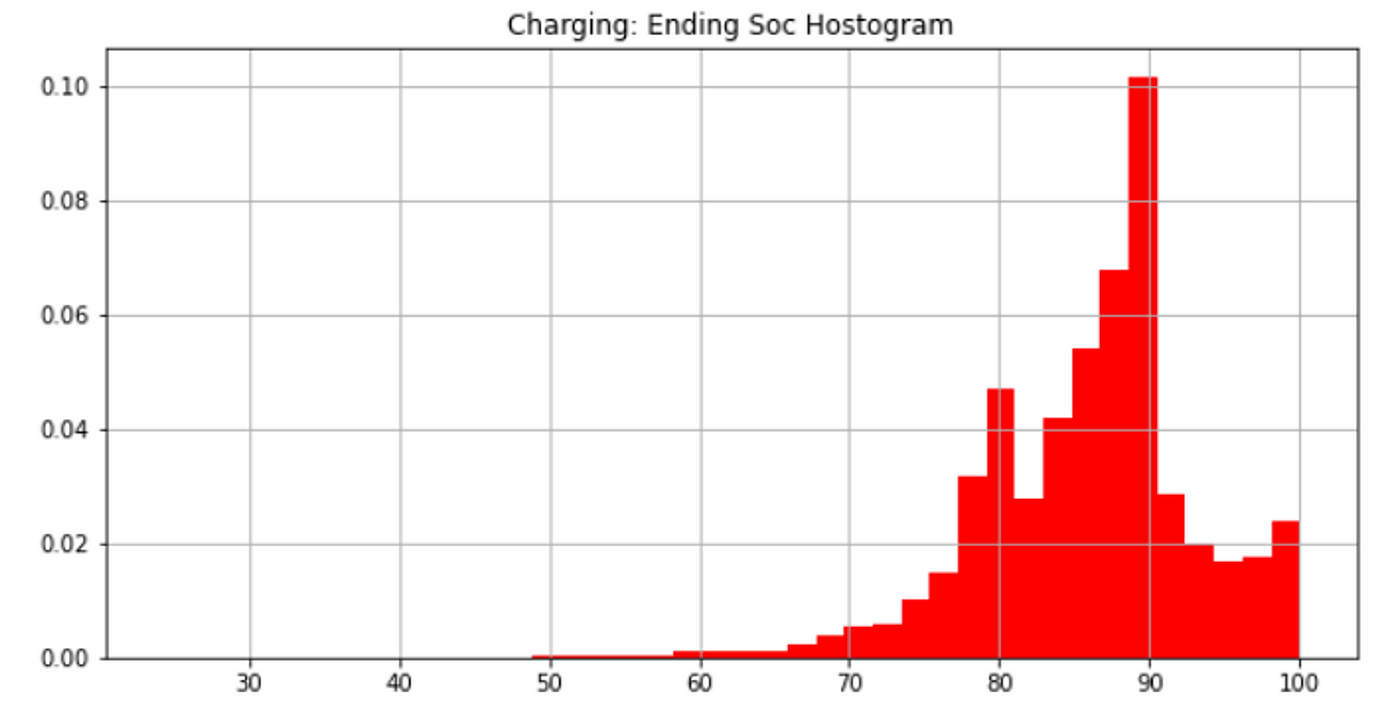Roger that, @jjrandorin. It's a dilemma, for sure. You see it on every single Internet forum, of every conceivable interest. Certain topics just naturally beg to be talked about... and so they pop up daily, if not hourly. If you pull them all into a single, coherent thread, that thread soon becomes massive. Pointing someone to it is like pointing them to an encyclopedia. I read through the entire "How I Recovered Half of my Battery's Lost Capacity" thread a few months ago and it took many hours. Diving into one of those is kind of like diving into a book... it requires a modicum of commitment.
Most people don't want to spend that much time and energy.
The flip side is you just shrug and move on, knowing that the same subjects are going to keep coming up in countless, very similar, threads.
I'm not sure there's a good answer. Maybe sticky those threads you think hold particular value. Otherwise, just accept that trying to bring coherence to the countless threads people create is kinda like pissing in the wind.
Thanks for all you do here. Both for your steady hand as moderator as well as your cogent, thoughtful replies in trying to help people.
I agree with you on what you are saying here in this post on the fact that there isnt a really great answer, other than stickying threads of particular interest, and / or "just accepting it" (which is what I am trying to do right now, lol.
Thank you for the compliment, I appreciate it.



